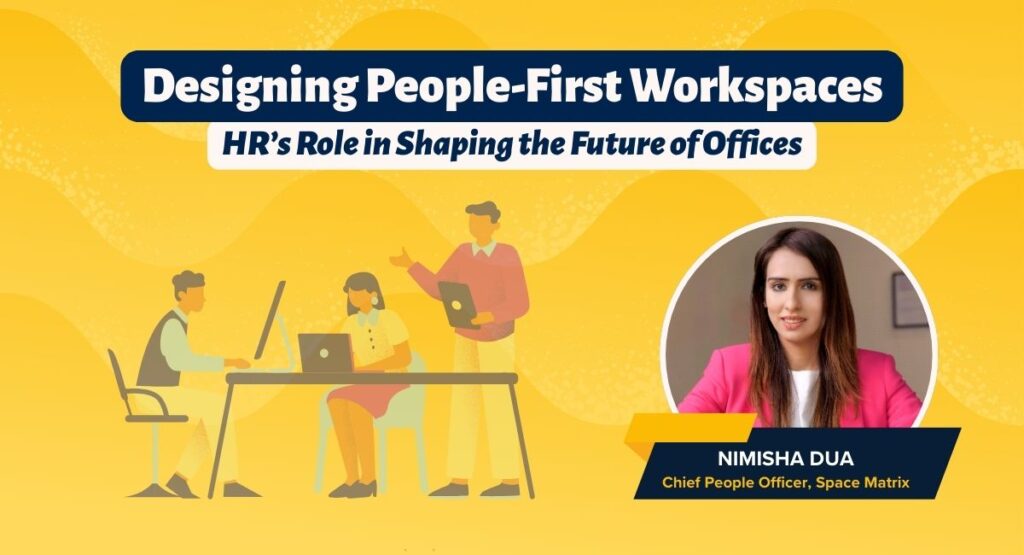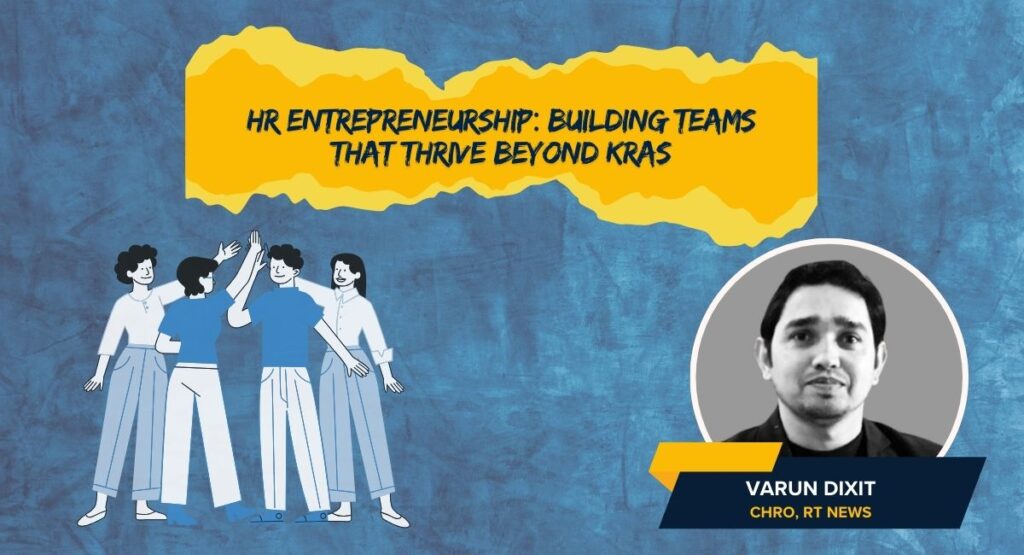The post-pandemic world has dramatically reshaped the workplace landscape for everyone, from new hires to top executives. However, this transition has introduced an entirely new set of HR challenges. Suddenly, they found themselves responsible for ensuring smooth operations in a fully remote environment. This meant keeping teams connected and aligned, fostering productivity, and prioritising employee well-being—all while working from a distance.
And it’s not just about the day-to-day work. Even something as crucial as hiring became a bigger hurdle. A recent report from MindEdge Learning and the HR Certification Institute (HCRI), based on a survey of 1,030 HRCI-certified professionals, highlights these increasing challenges. The data shows that over half of HR professionals find recruitment more difficult than before the pandemic, with only a small percentage (8%) reporting an improvement.
This article will explore this evolving reality in detail, with a focus on how HR handles remote workforce challenges. We will also shed light on the innovative strategies and proactive approaches that HR professionals are now adopting to navigate these hurdles and truly thrive and lead the way forward in this new world of work.
HR’s toolkit for remote work success
The shift to remote work has brought forth challenges, including communication gaps, feelings of isolation among employees, and the struggle to maintain work-life boundaries. Here are key HR strategies to cultivate successful remote work arrangements:
Employee engagement: One of the most significant challenges for HR in a remote work environment is keeping employees engaged, motivated, and connected.
Sandhya Makhijani, People Business Partner at Peak, highlights as HR, it’s important to engage them by creating ways to make them feel like they are part of the organization.
“We can achieve this through regular check-ins, ensuring clear communication, and providing support when necessary. Establishing feedback loops is also vital, as they help us understand employee needs and enhance engagement,” she adds.
Remote HR communication techniques: Effective communication is essential for successful remote team management. HR managers should leverage various tools like video conferencing, messaging apps, and project management software to enable real-time collaboration. Furthermore, scheduling regular check-ins is essential for discussing progress, providing updates, and addressing concerns.
Preserving boundaries: In a remote work environment, the boundaries between personal and professional life can often become blurred, leading to the perception that employees are always available. In this context, HR managers can enhance employee well-being by promoting flexible work schedules and encouraging regular breaks. Providing resources for effectively managing work hours, including fostering healthy digital habits and encouraging employees to disconnect, can be beneficial. Organisations can also offer training and guidance or establish work-life balance policies tailored to their culture and business needs.
Smooth virtual onboarding: Onboarding new employees in a remote environment can be one of the most complex tasks for HR professionals. Imagine bringing on board ten new hires from various departments simultaneously. To ensure a smooth virtual onboarding experience, it’s crucial to have a well-structured plan accompanied by clear communication. Makhijani emphasises the importance of the technical setup, highlighting that the timely distribution of invites and essential information is vital to prevent new hires from feeling lost.
“By setting clear expectations and leveraging technology to streamline the onboarding process, we help employees avoid feelings of isolation. Structured timelines and virtual introductions are key to making new hires feel welcomed and prepared,” she explains.
The impact on HR strategies and priorities
The shift to remote work culture has fundamentally transformed HR strategies, introducing new priorities for organisations. HR leaders are now re-evaluating their approaches to better support the needs of a distributed workforce. According to a 2025 Gartner survey, key focus areas include leader and manager development, fostering organisational culture, strategic workforce planning, change management, and enhancing HR technology. These evolving priorities highlight the critical role that effective leadership and a strong culture play, especially in remote environments.
AI driving innovation: Looking ahead, Artificial Intelligence (AI) is poised to play an even larger role in shaping remote work dynamics. Gatik Chaujer, Co-Founder of TransforMe Learning, shared on LinkedIn that AI will increasingly assist in various HR functions—from resume screening to personalising employee experiences. By leveraging AI, organisations can more swiftly identify the right talent and offer tailored growth opportunities, significantly enhancing the employee lifecycle.
Balancing tech and human connections: However, as companies integrate advanced technologies into their HR practices, maintaining the “human touch” remains crucial. Genuine human interaction and empathy are key to fostering a sense of connection and belonging among remote employees.
Komal Kumar, AVP of Operations at Growup Group, underscores this balance, stating, “We focus heavily on humanising virtual interactions—whether through regular check-ins, employee wellness programs, or virtual celebrations—to make remote work feel less transactional and more connected. Our priority has always been to build a productive yet emotionally engaging virtual workplace.”
Final thoughts
Moving forward into 2025 and beyond, it will be fascinating to see how current HR trends and challenges evolve, and what new innovations will emerge in the HR landscape. Organisations committed to remote, or hybrid models must plan thoughtfully, balancing leveraging technology and nurturing human connection. Prioritising strong leadership development and building a resilient, adaptable culture rooted in empathy and vulnerability will be essential for staying ahead and supporting employees in meaningful ways.





